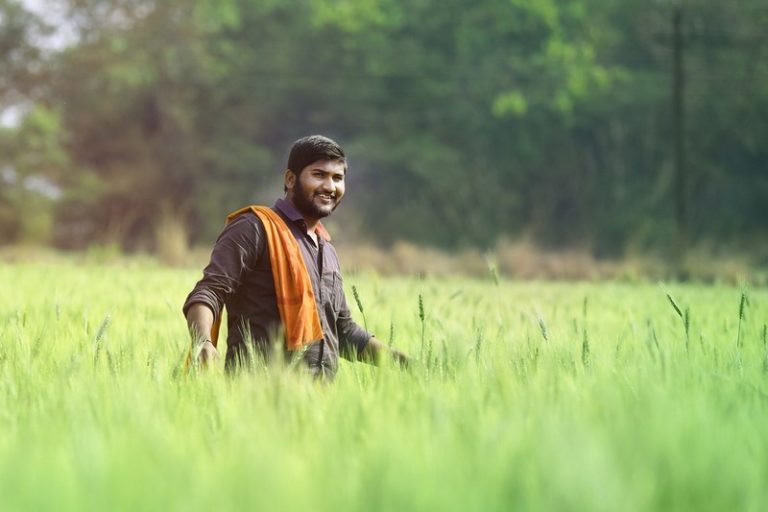Crop Rotation: A Sustainable Way to Increase Crop Yields and Preserve the Environment
Crop rotation is a method of farming that has been practiced for centuries. It involves growing different crops in a particular field in successive seasons.
Increased crop yields, decreased soil erosion, and enhanced soil health are just some of the many positive outcomes of crop rotation.
The notion of Crop rotation and its benefits will be explored in greater detail here.
History of Crop Rotation
Crop rotation has been used since ancient times, as evidenced by the fact that the Greeks and Romans grew different crops at different times.
Crop rotation became more common in Europe during the Middle Ages. Farmers used a three-field system to rotate crops like wheat, barley, and legumes.
In the early 19th century, crop rotation became more scientific with the work of agricultural scientists such as Jethro Tull and Charles Townshend. Today, crop rotation is an essential practice in modern agriculture.
The Basics of Crop Rotation
Crop rotation involves growing different crops in a particular field over several years. This means that the same crop is not grown in the same field every year.
By doing this, the soil can recover and replenish the nutrients it needs to support healthy plant growth. The goal is to prevent the buildup of pests and diseases that can damage a specific crop and avoid depleting the soil of specific nutrients that the crops need.
The crops that are grown in a particular field during a rotation period are often chosen based on their nutrient needs, pest susceptibility, and the overall health benefits they provide to the soil.
Farmers also choose crops that can be grown at the same time or have similar harvest times to get the most out of their time and reduce the amount of work they have to do.

How Does Crop Rotation Work?
Crop rotation works by alternating the types of crops grown in a particular field over several seasons. The idea is to avoid growing the same crop in the same field year after year, as this can deplete the soil of certain nutrients and encourage the buildup of pests and diseases.
Different crops need different amounts of nutrients, and switching crops can help keep the soil’s nutrients in balance and replenish them. For example, legumes such as beans and peas are nitrogen-fixing crops, which means they can add nitrogen to the soil naturally.
By rotating legumes with other crops such as corn or wheat, farmers can help replenish the nitrogen in the soil, which can lead to healthier and more productive crops.
Rotating crops can also help to control pests and diseases. Some pests and diseases are specific to certain crops, and by rotating crops, farmers can break the pest and disease cycle.
For example, if a farmer grows corn in a particular field one year and then soybeans the next, any pests or diseases that affect the corn crop will not have a chance to build up and will be less likely to affect the soybean crop.
In addition to the benefits to soil health and pest control, crop rotation can also help reduce soil erosion and improve soil structure. Growing the same crop in the same field year after year can lead to soil compaction and erosion, but rotating crops can help to maintain soil structure and prevent erosion.
Overall, crop rotation is a simple but effective way to farm that can improve the health of the soil, increase crop yields, and reduce the need for chemical fertilizers and pesticides.
By planning crop rotations carefully, farmers can help keep their soils healthy and productive while also growing a wide range of crops for food, feed, and fiber.
Benefits of Crop Rotation
Crop rotation has numerous benefits for farmers and the environment. Here are some of the most important benefits:
1. Increased Crop Yields:
By rotating crops, farmers can improve soil health, which can lead to higher crop yields. Different crops have different nutrient requirements, and rotating crops can help replenish soil nutrients and prevent soil depletion.
2. Reduced Soil Erosion:
Growing the same crop in the same field season after season can lead to soil erosion. By rotating crops, farmers can help to prevent soil erosion and maintain soil structure.
3. Improved Soil Health:
Crop rotation can help to improve soil health by reducing the buildup of pests and diseases that can affect a particular crop. By switching which crops they grow, farmers can also help to add organic matter to the soil, which can improve the soil’s structure and ability to hold water.
4. Less Need for Chemical Fertilizers and Pesticides:
Farmers can use less chemical fertilizers and pesticides if they rotate their crops. Different crops have different nutrient requirements, and rotating crops can help reduce the need for chemical fertilizers.
Additionally, rotating crops can help prevent the buildup of pests and diseases, reducing the need for chemical pesticides.
For hundreds of years, farmers have relied on crop rotation as a tried-and-true strategy. During the course of several growing seasons, a field will be planted with a variety of crops.
Increased crop yields, decreased soil erosion, and enhanced soil health are just some of the many positive outcomes of crop rotation.
Conclusion
Crop rotation is a simple way to farm that has been used for hundreds of years and works well. Farmers can improve the health of the soil, increase crop yields, and use less chemical fertilizers and pesticides if they switch the crops they grow every year.
With the increased interest in sustainable agriculture, crop rotation is becoming more popular among farmers worldwide.
Also Read:







